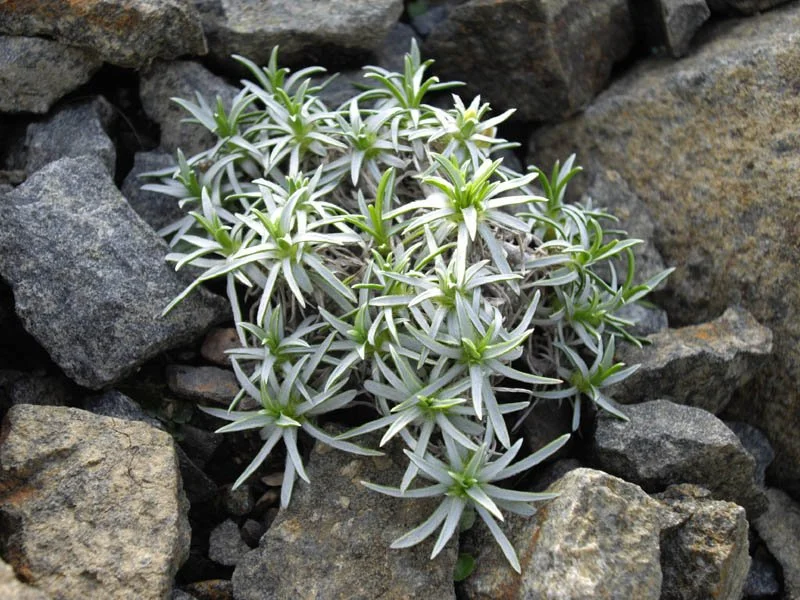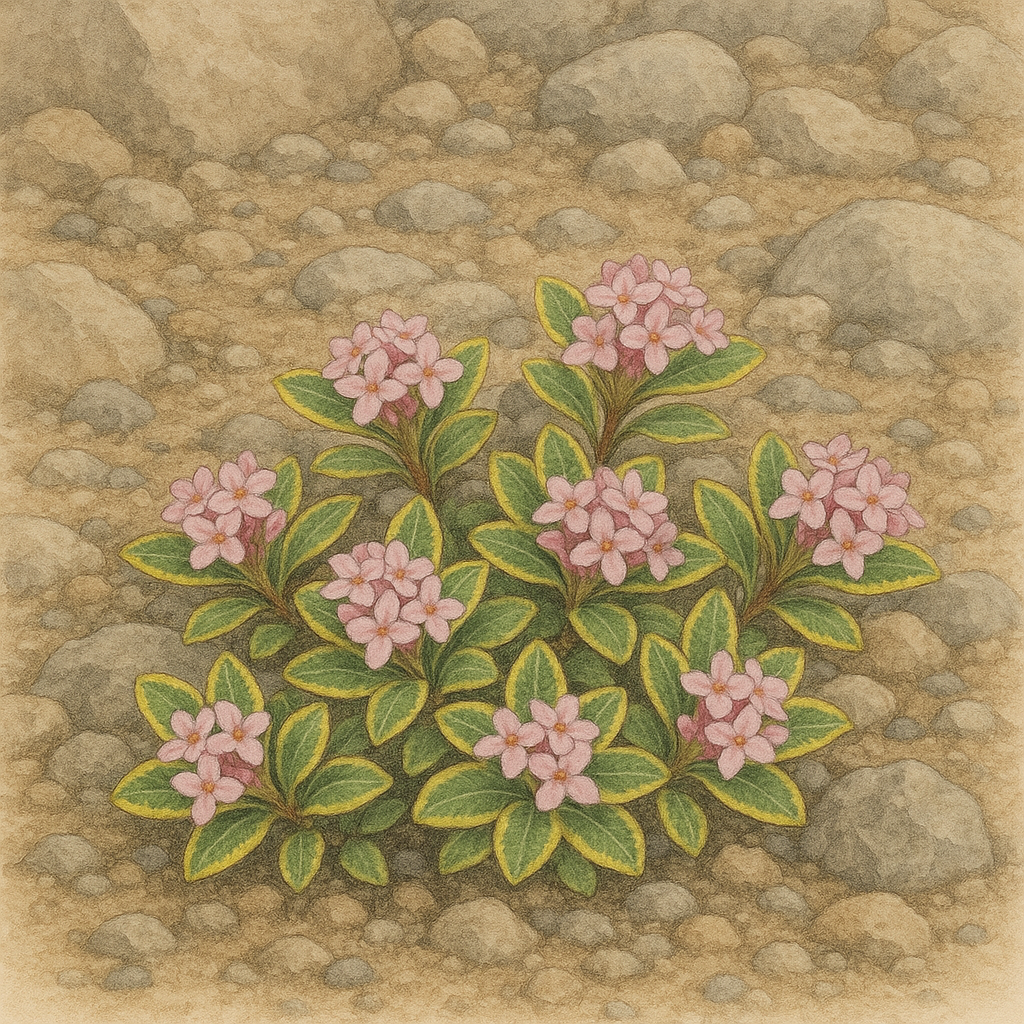

Acantholimon trojanum
Acantholimon trajanum is a striking, slow-growing cushion plant that forms dense, spiny mats of sharply pointed, gray-green foliage. In early summer, it produces wiry stems topped with clusters of vibrant magenta-pink flowers, creating a dramatic contrast against its silver-toned foliage. This architectural species offers year-round interest and textural contrast in rock gardens and troughs.
Native Range:
Native to the mountainous regions of Turkey, particularly in the eastern Anatolian and Taurus ranges, Acantholimon trajanum thrives in dry, rocky slopes and limestone screes at high elevations.
Perfectly adapted to rock and crevice gardens, Acantholimon trajanum excels in dry, sharply draining soils with high mineral content. Its compact, armored form is well-suited to sunny, exposed sites where good air circulation and lean conditions discourage rot. Plant it in a raised bed, scree garden, or between paving stones with a gravel mulch to show off its bold texture and to replicate its native habitat
Acantholimon trajanum is a striking, slow-growing cushion plant that forms dense, spiny mats of sharply pointed, gray-green foliage. In early summer, it produces wiry stems topped with clusters of vibrant magenta-pink flowers, creating a dramatic contrast against its silver-toned foliage. This architectural species offers year-round interest and textural contrast in rock gardens and troughs.
Native Range:
Native to the mountainous regions of Turkey, particularly in the eastern Anatolian and Taurus ranges, Acantholimon trajanum thrives in dry, rocky slopes and limestone screes at high elevations.
Perfectly adapted to rock and crevice gardens, Acantholimon trajanum excels in dry, sharply draining soils with high mineral content. Its compact, armored form is well-suited to sunny, exposed sites where good air circulation and lean conditions discourage rot. Plant it in a raised bed, scree garden, or between paving stones with a gravel mulch to show off its bold texture and to replicate its native habitat










